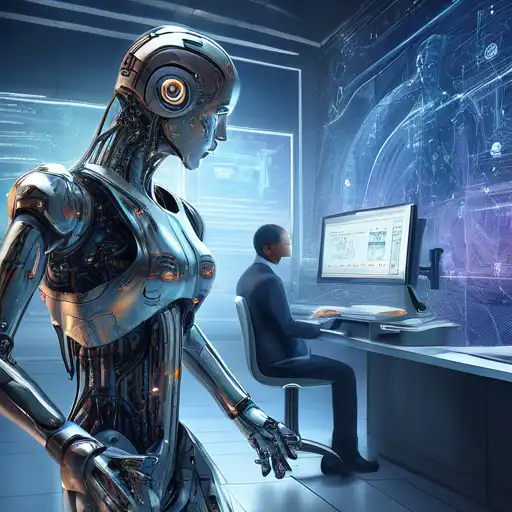Introduction to AI and Machine Learning
In the rapidly evolving world of technology, Artificial Intelligence (AI) and Machine Learning (ML) are two terms that often come up in discussions about the future of computing and automation. While they are closely related, they are not the same thing. This article aims to demystify these concepts and highlight the key differences between them.
What is Artificial Intelligence?
Artificial Intelligence is a broad field of computer science focused on creating systems capable of performing tasks that typically require human intelligence. These tasks include problem-solving, understanding natural language, recognizing patterns, and making decisions. AI can be rule-based, where it follows predefined rules to make decisions, or it can learn from data, which is where Machine Learning comes into play.
What is Machine Learning?
Machine Learning is a subset of AI that involves the development of algorithms that allow computers to learn from and make predictions or decisions based on data. Unlike traditional AI, ML systems improve their performance as they are exposed to more data over time. This ability to learn from experience without being explicitly programmed is what sets ML apart.
Key Differences Between AI and Machine Learning
While AI and ML are interconnected, there are several key differences that distinguish them:
- Scope: AI encompasses a wider range of technologies and applications, including robotics, natural language processing, and more. ML is specifically focused on data-driven learning and adaptation.
- Functionality: AI systems can perform tasks that mimic human intelligence, whereas ML systems are designed to learn from data to improve their performance on specific tasks.
- Dependency: ML is dependent on data to learn and make decisions, while AI can operate based on predefined rules without necessarily learning from data.
Applications of AI and Machine Learning
Both AI and ML have a wide range of applications across various industries. AI is used in virtual assistants, autonomous vehicles, and smart home devices, among others. ML, on the other hand, is widely used in recommendation systems, fraud detection, and predictive analytics. Understanding the distinction between these technologies is crucial for businesses looking to leverage them for competitive advantage.
Conclusion
AI and Machine Learning are transforming the way we live and work, offering unprecedented opportunities for innovation and efficiency. While they share common goals, their approaches and applications differ significantly. By understanding these differences, individuals and organizations can better harness their potential to solve complex problems and create value in the digital age.
For more insights into the latest tech trends, check out our articles on Data Science and Tech Trends.
